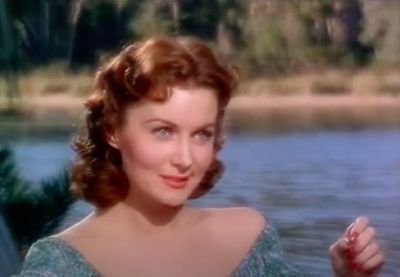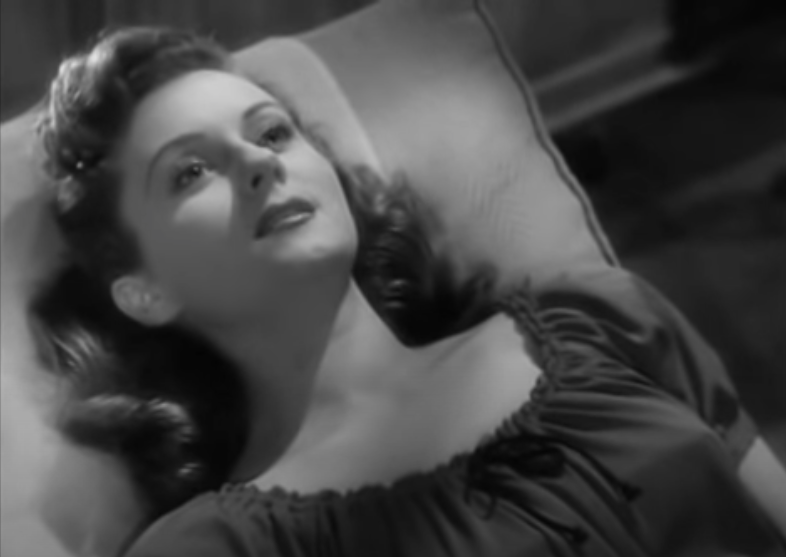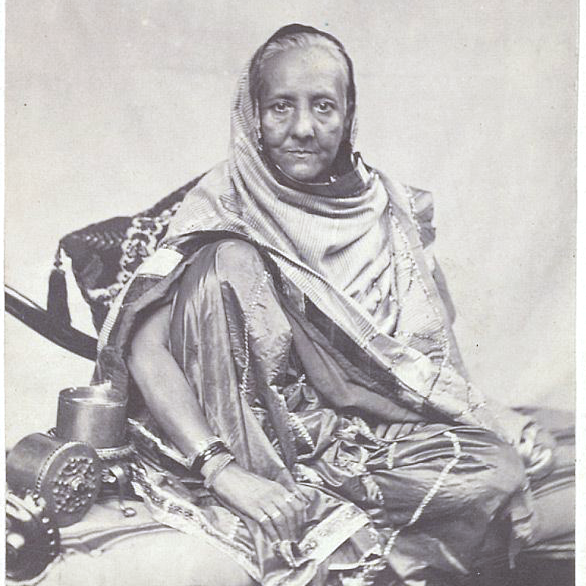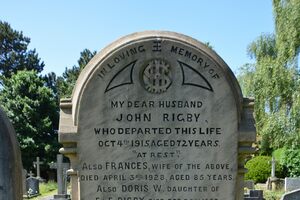Rhonda Fleming: 1923-2020

With her flaming red hair and lush figure, Rhonda Fleming was one of the most beautiful women in movies in the 1950s. She was sometimes known, like her fellow redhead Maureen O’Hara, as the Queen of Technicolor, a label she found limiting, though Fleming herself said that she preferred color to the black and white of her first 1940s films. “I’m glad I was a star back then and not now,” Fleming said. “I never had to take my clothes off to appear sexy.”
Fleming was born Marilyn Louis in Hollywood, and her mother was a model and actress. She attended Beverly Hills High School and she was discovered, as they used to say, by the talent agent Henry Willson. “He stopped me crossing the street,” Fleming claimed. “He signed me to a seven-year contract without a screen test. It was a Cinderella story, but those could happen in those days.”
Willson brought her to the attention of David O. Selznick, who put her under contract and had her playing bit roles before her first standout part as a psychiatric patient who hates men in Alfred Hitchcock’s “Spellbound” (1945). Hitchcock gives Fleming a showcase right at the start of the film; she is brought in to see her doctor (Ingrid Bergman) and scratches the male orderly accompanying her after behaving in a very seductive way with him. “I hate men, I loathe them,” Fleming tells Bergman during their session. “If one so much as touches me, I want to sink my teeth into his hand and bite it off.” She talks about a time when she did actually bite a man: “I suddenly pretended like I was going to kiss him and sank my teeth into his mustache. I bit it clear off!”
Fleming got another eye-catching part in the thriller “The Spiral Staircase” (1946), and she also appeared in the film noir classic “Out of the Past” (1947) as Meta Carson, a secretary involved in shady business. Fleming had an accomplished soprano singing voice, and so she branched out into musicals, playing opposite Bing Crosby in “A Connecticut Yankee in King Arthur’s Court” (1949), her first film in the Technicolor that came to define her image.

Fleming was a hot commodity at this point, and she later thought that she didn’t choose her parts well enough. “I made the mistake of doing lesser films for good money,” she said. She appeared in some westerns and action movies, including several with Ronald Reagan, and she played Cleopatra in “Serpent of the Nile” (1953). Fleming usually had a naughty gleam in her eye in these pictures, and an air of confidence that saw her through. She betrayed Robert Ryan in the 3-D “Inferno” (1953), which added to her bad girl persona. There was always an air of sensuality about Fleming that comes across most clearly in the way she handles props, as if she needs to caress them.
Her finest hour on screen was in “Slightly Scarlet” (1956), a Technicolor noir directed by Allan Dwan in which Fleming was paired with another sultry redhead, Arlene Dahl, in a story where they got to play sisters. Dahl is the more hot-to-trot of the two sisters in that picture, but Fleming makes an impression as she stealthily walks around the shadowed interiors. The most memorable thing about Fleming on screen is the way she moves, the way she carries herself, as if she is loaded down with riches and so has to move somewhat slowly with them.

In Budd Boetticher’s tense “The Killer Is Loose” (1956), Fleming is targeted by a criminal (Wendell Corey) who wants revenge against her policeman husband (Joseph Cotten), and she moves in that excellent movie like someone in a trap, like someone who knows they are being watched. Her own favorite role was as Jean Simmons’s stepsister in “Home Before Dark” (1957), which she felt was a good stretch for her. Fleming focused on a musical career at this point and played in Las Vegas, and she also recorded some songs. In 1960, Fleming said that she was “semi-retired,” having made some money in real estate investments, but she worked on television occasionally.
A religious person, her last appearance was at age 67 in a short called “Waiting for the Wind” (1990) opposite her old noir co-star Robert Mitchum, where she wore a cross around her neck and was as beautiful as ever. Fleming was married six times; the first four marriages ended in divorce, and she was widowed for the last two. Her name still conjures up an image of opulent redheaded beauty and restless lusciousness, all the more tempting for being ever-so-slightly withheld.





